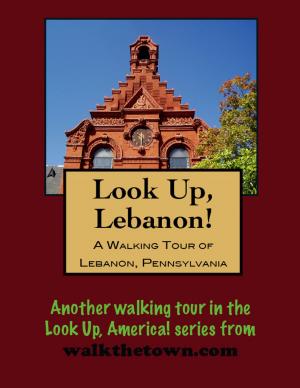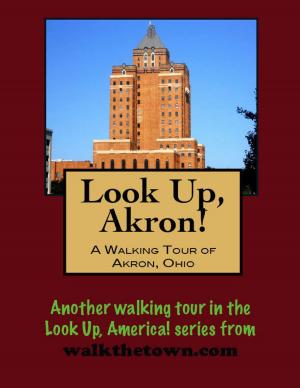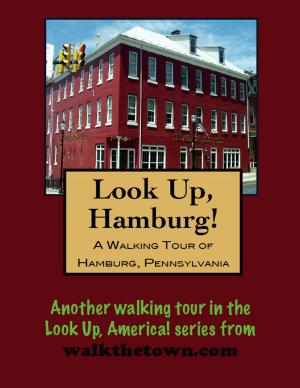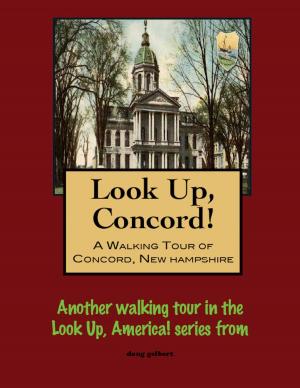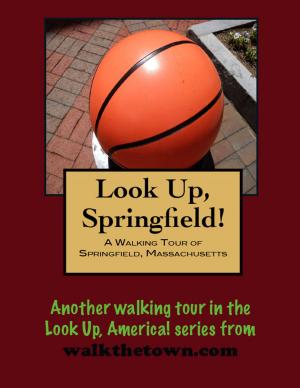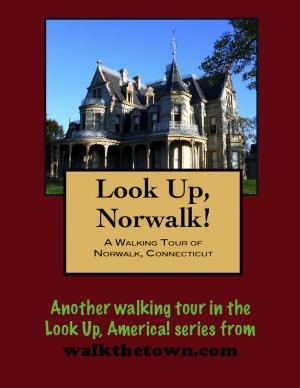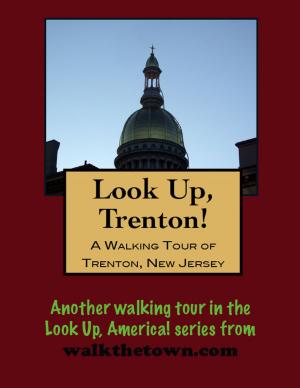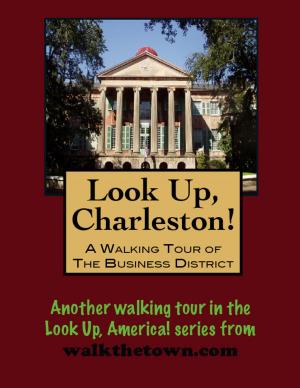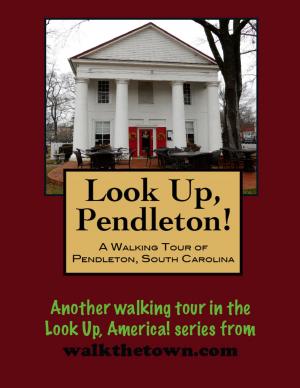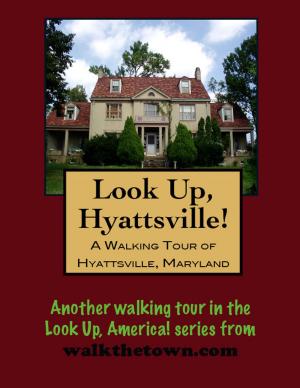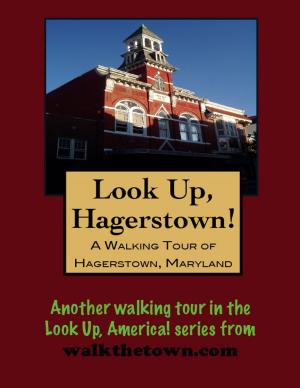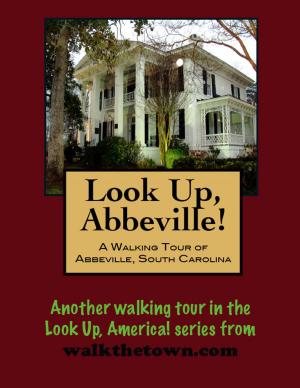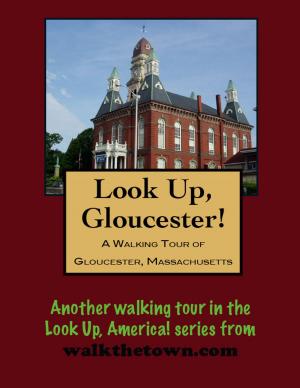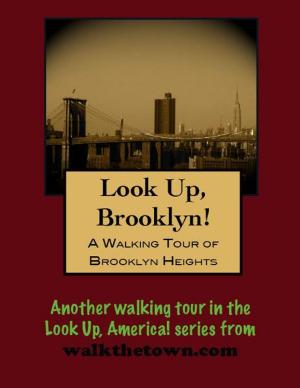| Author: | Doug Gelbert | ISBN: | 9781452346885 |
| Publisher: | Doug Gelbert | Publication: | August 25, 2010 |
| Imprint: | Smashwords Edition | Language: | English |
| Author: | Doug Gelbert |
| ISBN: | 9781452346885 |
| Publisher: | Doug Gelbert |
| Publication: | August 25, 2010 |
| Imprint: | Smashwords Edition |
| Language: | English |
There is no better way to see America than on foot. And there is no better way to appreciate what you are looking at than with a walking tour. Whether you are preparing for a road trip or just out to look at your own town in a new way, a downloadable walking tour from walkthetown.com is ready to explore when you are.
Each walking tour describes historical and architectural landmarks and provides pictures to help out when those pesky street addresses are missing. Every tour also includes a quick primer on identifying architectural styles seen on American streets.
The Cultural District was the vision of H.J. Heinz II, grandson of Henry J. Heinz, who was Chief Executive Officer of the company his grandfather founded for 25 years. It as his belief that the arts could spearhead an urban revitalization and economic development of a city’s blighted area. The turn-around started in 1971 with the restoration of Heinz Hall, once a motion-picture palace, into a home for the Pittsburgh Symphony.
In 1984 the Pittsburgh Cultural Trust was formed to transform a fourteen-square block area of downtown Pittsburgh along the Penn-Liberty corridor. Today two dozen venues attract over 2,000,000 people to the Cultural District every year in one of the City’s best preserved and most nearly intact districts.
Pittsburgh’s streets were laid out in 1784 by the surveyors George Woods and Thomas Vickroy, who were agents of the Penn family in Philadelphia. This has historically been a diverse mix of urban uses and by 1900 many important local architects had left their mark on the Penn-Liberty area. A rail line ran down Liberty Avenue at the district’s southern edge and an elevated rail line was slated to run along the Allegheny River shore. But with the Depression of the 1930s the commercial buildings, theaters, hotels and stores began to slide into decline.
Our walking tour will explore these blocks of rebirth along the Allegheny River up but first we’ll start where Pittsburgh started, at the confluence of two great rivers coming together to form a third...
There is no better way to see America than on foot. And there is no better way to appreciate what you are looking at than with a walking tour. Whether you are preparing for a road trip or just out to look at your own town in a new way, a downloadable walking tour from walkthetown.com is ready to explore when you are.
Each walking tour describes historical and architectural landmarks and provides pictures to help out when those pesky street addresses are missing. Every tour also includes a quick primer on identifying architectural styles seen on American streets.
The Cultural District was the vision of H.J. Heinz II, grandson of Henry J. Heinz, who was Chief Executive Officer of the company his grandfather founded for 25 years. It as his belief that the arts could spearhead an urban revitalization and economic development of a city’s blighted area. The turn-around started in 1971 with the restoration of Heinz Hall, once a motion-picture palace, into a home for the Pittsburgh Symphony.
In 1984 the Pittsburgh Cultural Trust was formed to transform a fourteen-square block area of downtown Pittsburgh along the Penn-Liberty corridor. Today two dozen venues attract over 2,000,000 people to the Cultural District every year in one of the City’s best preserved and most nearly intact districts.
Pittsburgh’s streets were laid out in 1784 by the surveyors George Woods and Thomas Vickroy, who were agents of the Penn family in Philadelphia. This has historically been a diverse mix of urban uses and by 1900 many important local architects had left their mark on the Penn-Liberty area. A rail line ran down Liberty Avenue at the district’s southern edge and an elevated rail line was slated to run along the Allegheny River shore. But with the Depression of the 1930s the commercial buildings, theaters, hotels and stores began to slide into decline.
Our walking tour will explore these blocks of rebirth along the Allegheny River up but first we’ll start where Pittsburgh started, at the confluence of two great rivers coming together to form a third...

